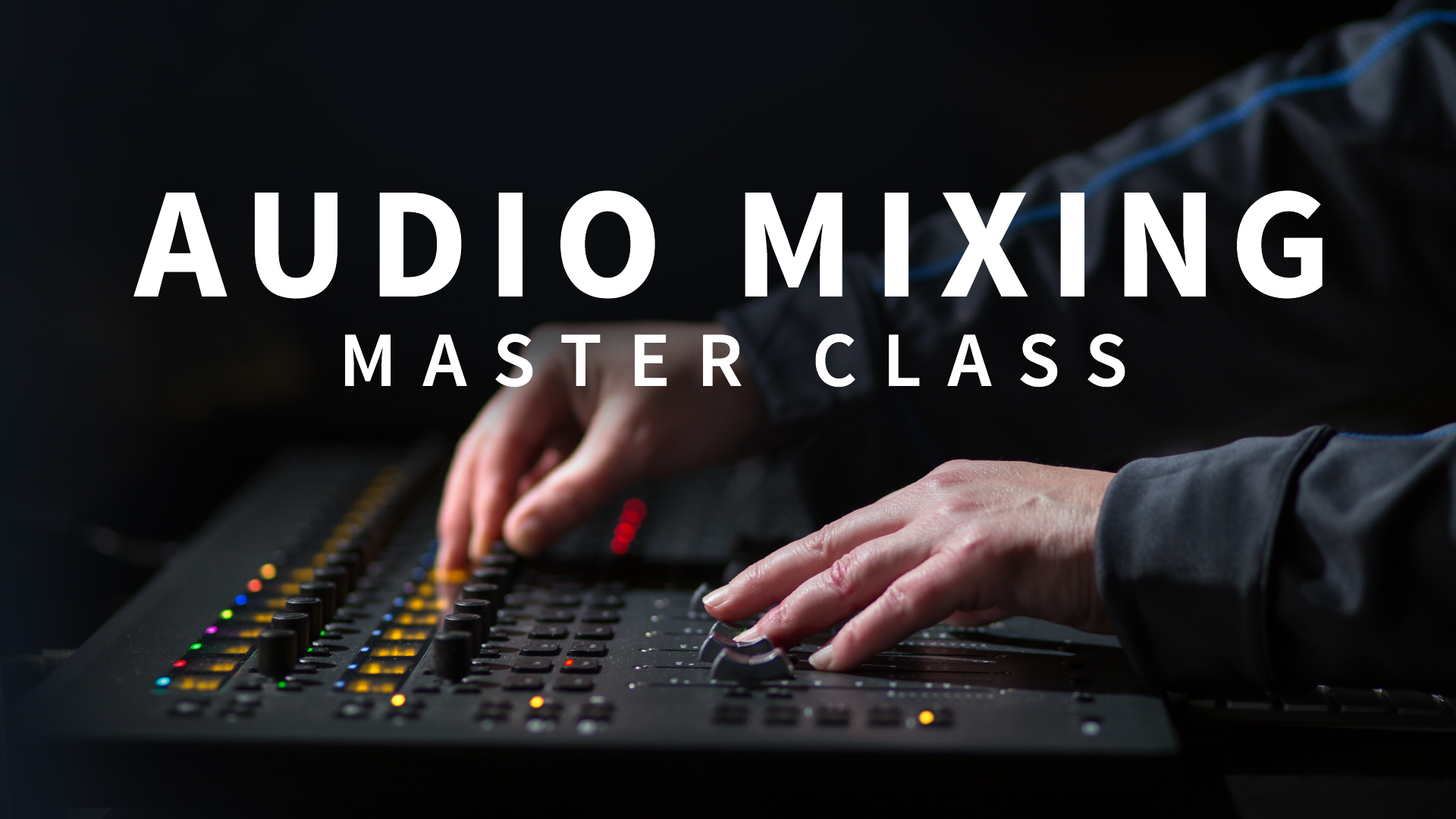


Sound environments are more than just how loud the class is getting. Some students need noise to focus, some students need silence and each preference is affected by the type of learning they are being challenged to do. They need a variety of sound environments and the ability to choose what their brains need in terms of auditory stimulation. from This isn’t to say children need silence to learn. Parents should look for good quality music programs for their toddlers. Having loud music on in the background does little for their language development and could actually impede their ability to distinguish speech from all the other noise. Importantly, active music learning is the key. This reinforces the symbol to sound connection which is also crucial in reading words. They should encourage children to work to sing in tune, use instruments and move in improvised and structured ways to music.Ĭhildren should also be taught to read musical notation and symbols when learning music. Music programs should build skills sequentially. The songs, rhymes and rhythm activities our children do in preschool and daycare are actually preparing them for reading.ĭoes your child struggle with spelling? This might help They should use good quality music-making toys and instruments.Īs they head into preschool, a crucial time for language development, look for the same well-structured music learning programs delivered daily by qualified educators. It is vital to look for classes that include movement activities, singing, and responding to both sound and silence. Taking toddlers to a well-structured, high quality music class each week will build the musical skills that have been found to be so effective in learning to read. Babies bond with their parents and community primarily through their voice, so singing to your baby both forms a bond with them and engages their auditory processing network. Language learning starts from day one of life with parents talking and singing to their babies. Research has found three- and four-year-old children who could keep a steady musical beat were more reading-ready at the age of five, than those who couldn’t keep a beat.Ĭhildren should be taught to read music as well, which reinforces the symbol to sound connection crucial for learning to read. Music can also give us clues about a child’s struggles with reading. Musically trained children also have better reading comprehension skills. These highly developed auditory processing skills are enhanced by musical training. A number of skills combine to help us make those meanings, including the ability to distinguish between the sounds in words, and fluency of reading.įluency includes the ability to adjust the the patterns of stress and intonation of a phrase, such as from angry to happy and the ability the choose the correct inflection, such as a question or an exclamation.

Reading is ultimately about making meaning from the words on the page.
#Musicality and music before three how to#
The foundation of reading is speech and to learn how to speak, children must first be able to distinguish speech from all other sounds. Musically trained children are better readers


 0 kommentar(er)
0 kommentar(er)
